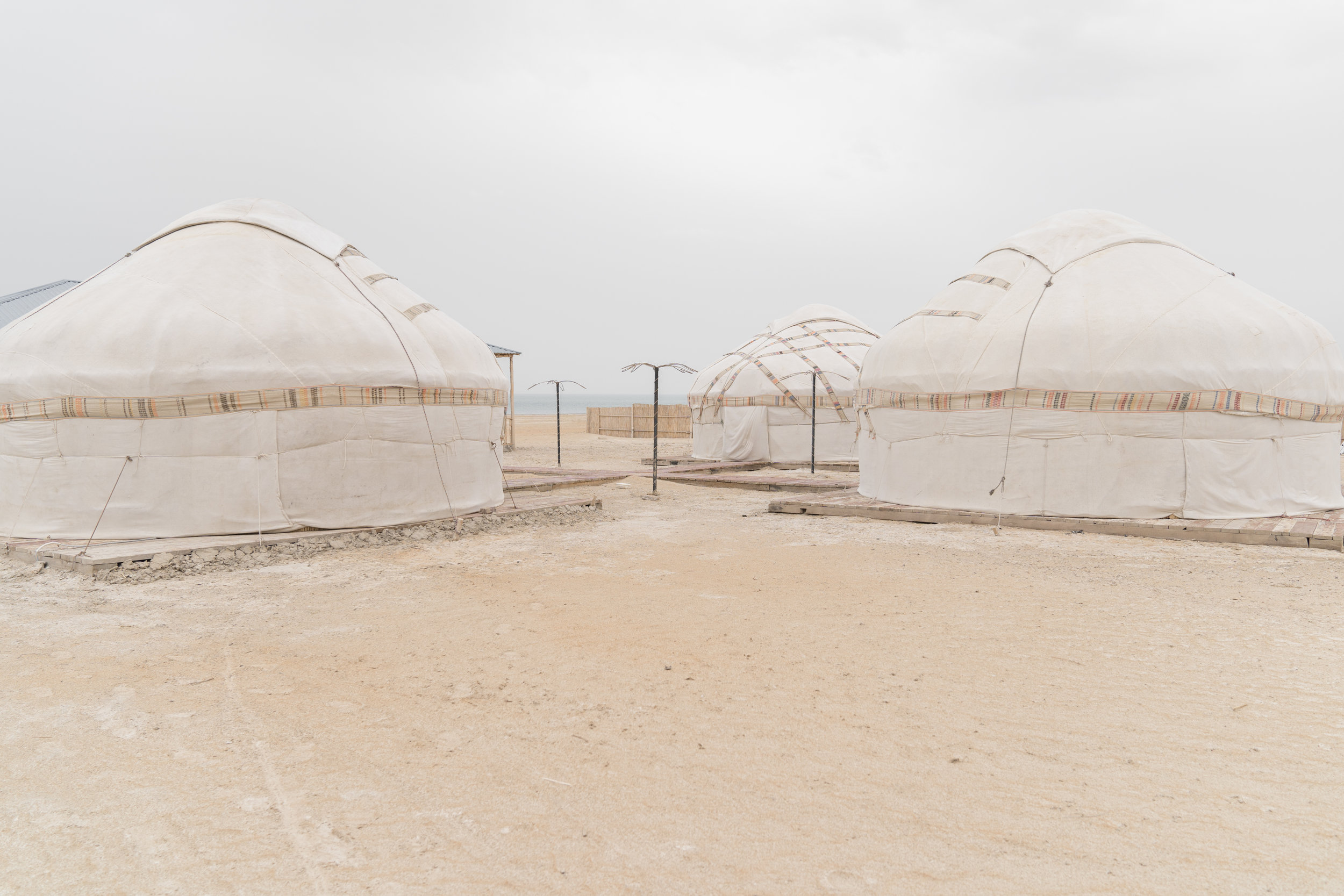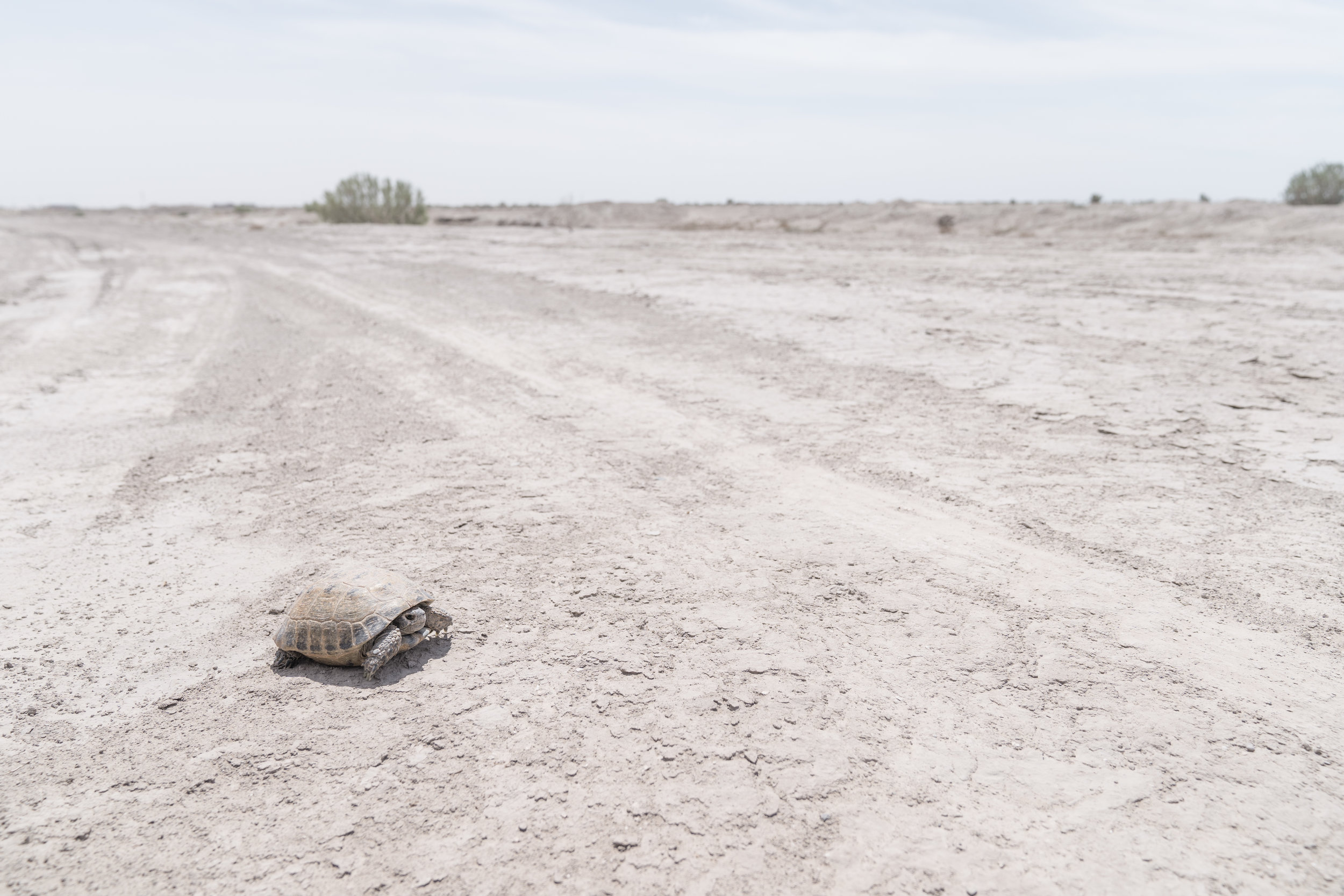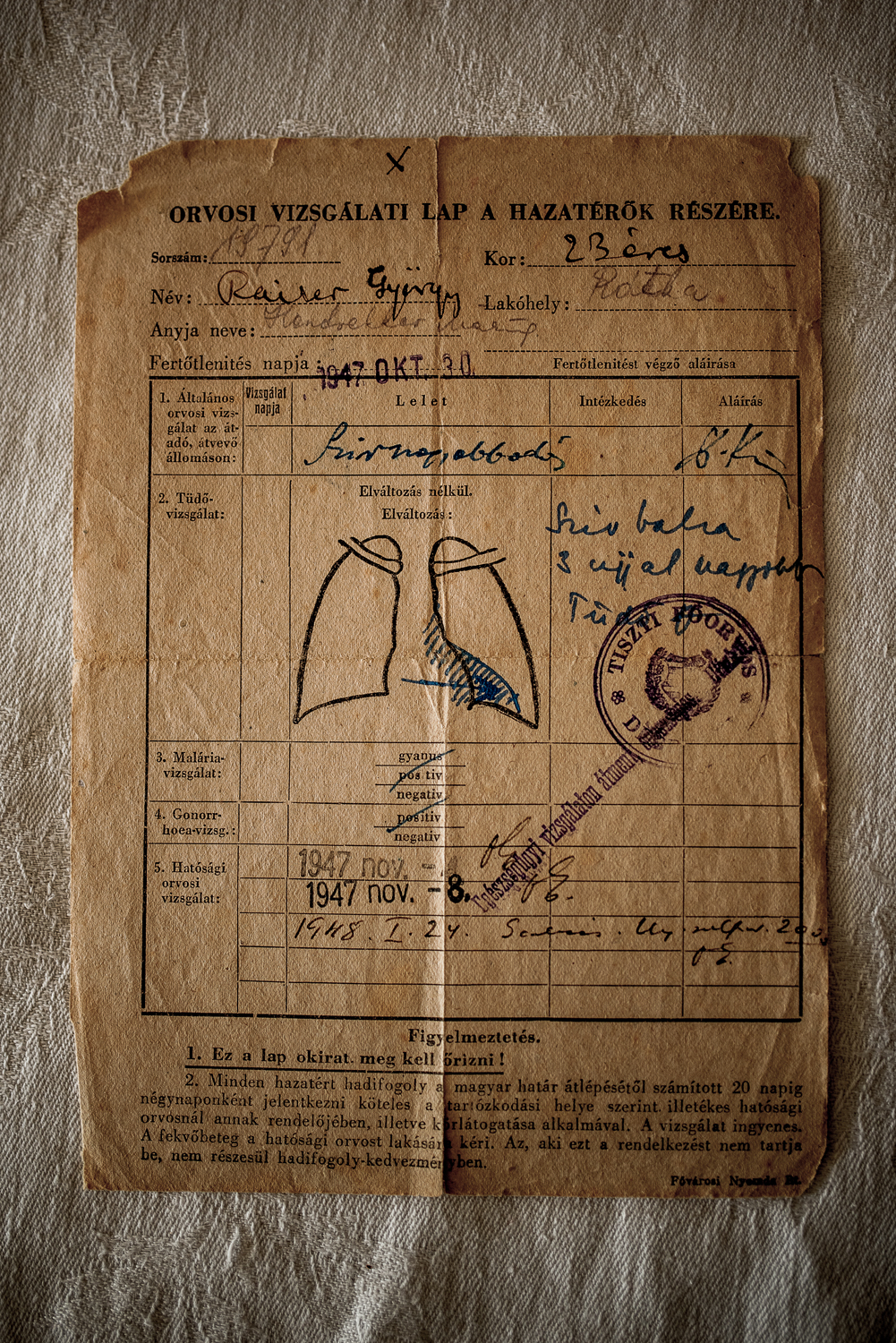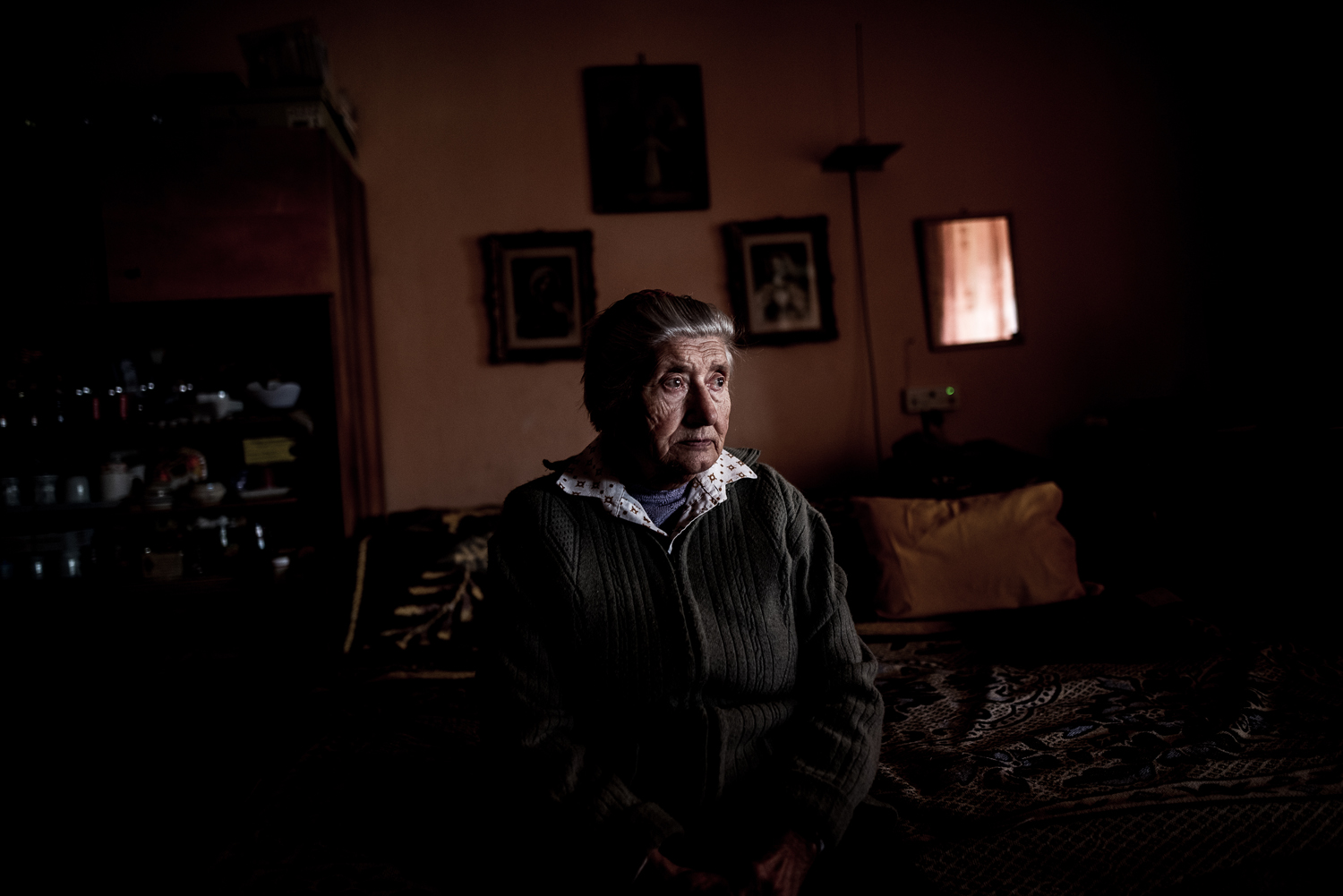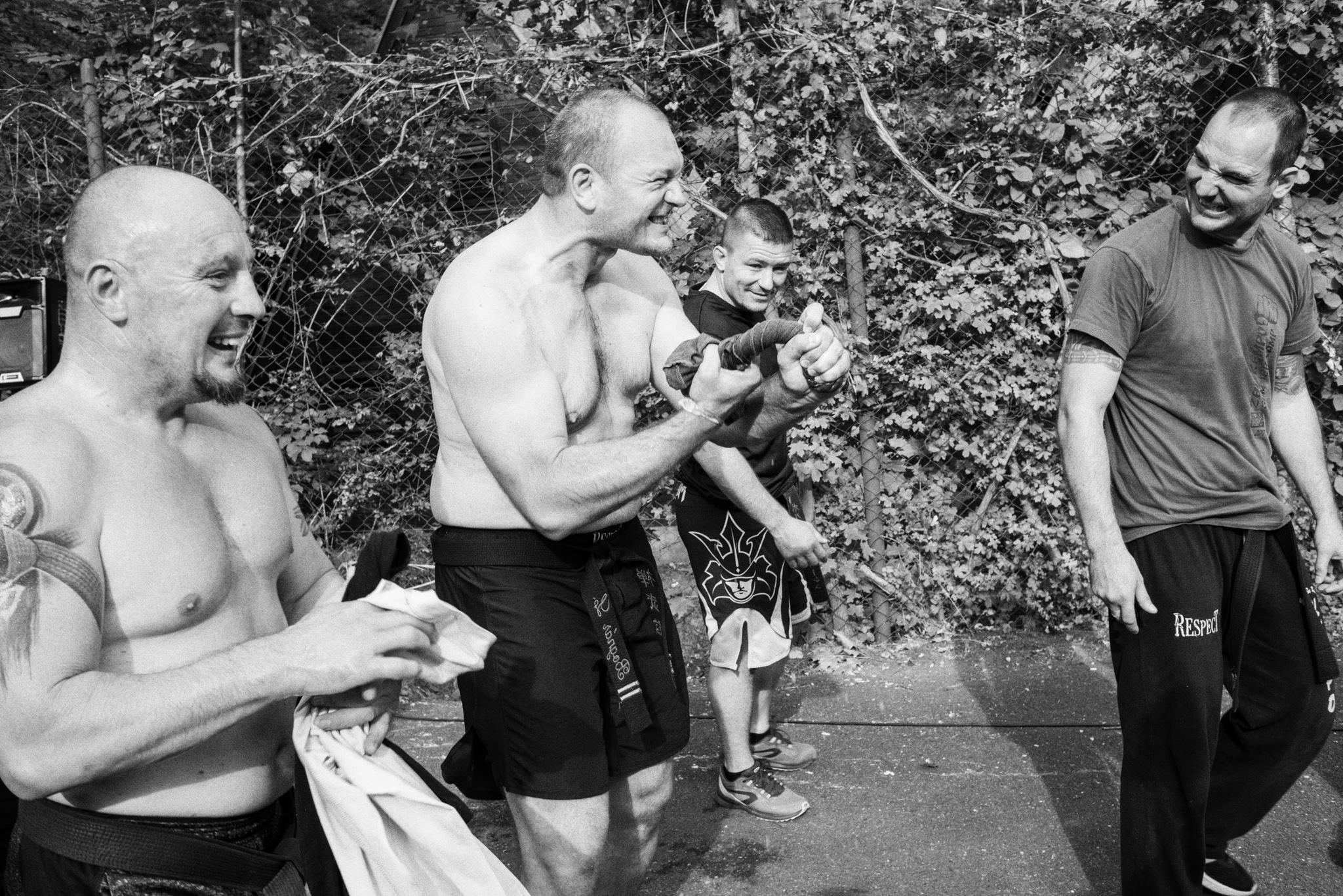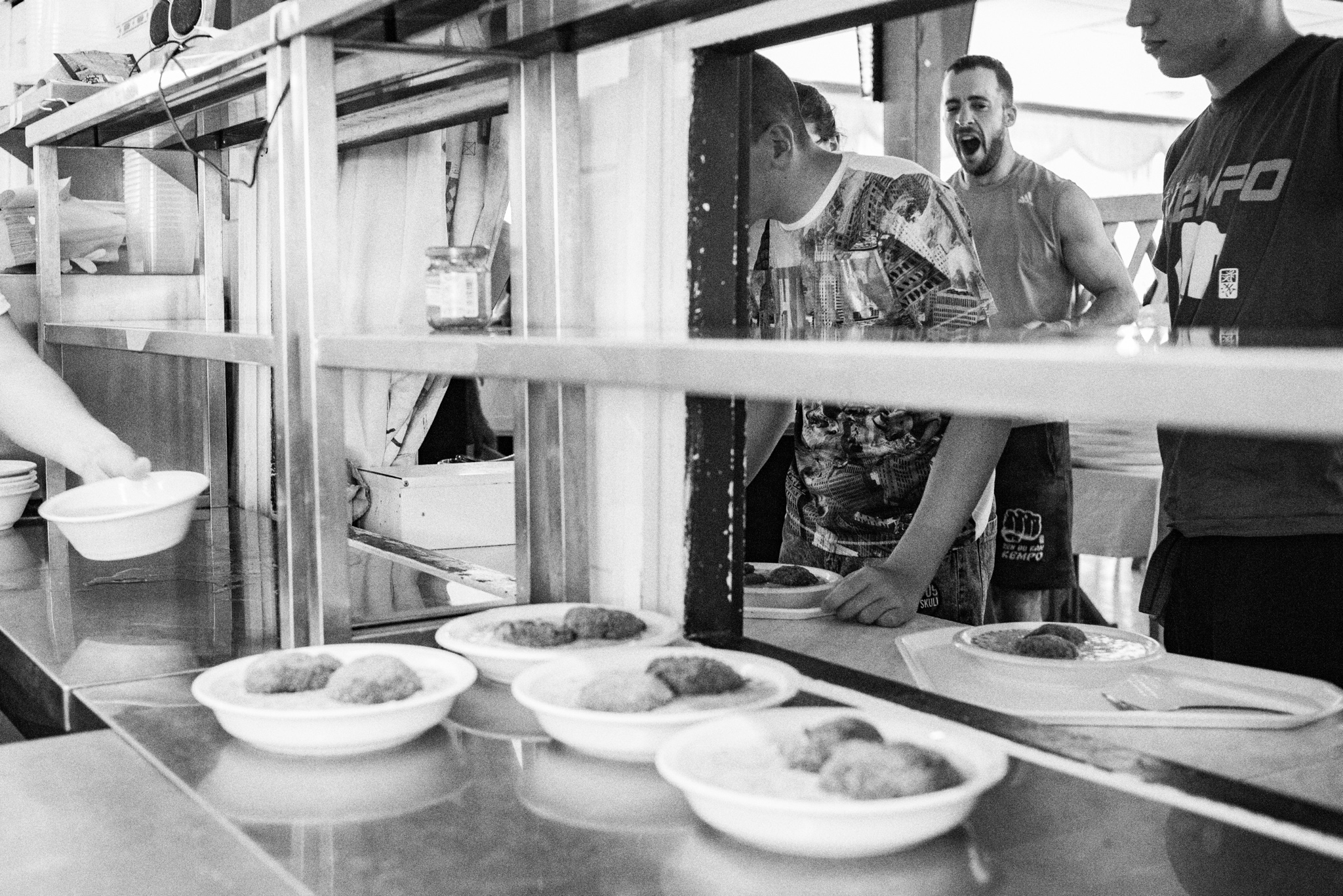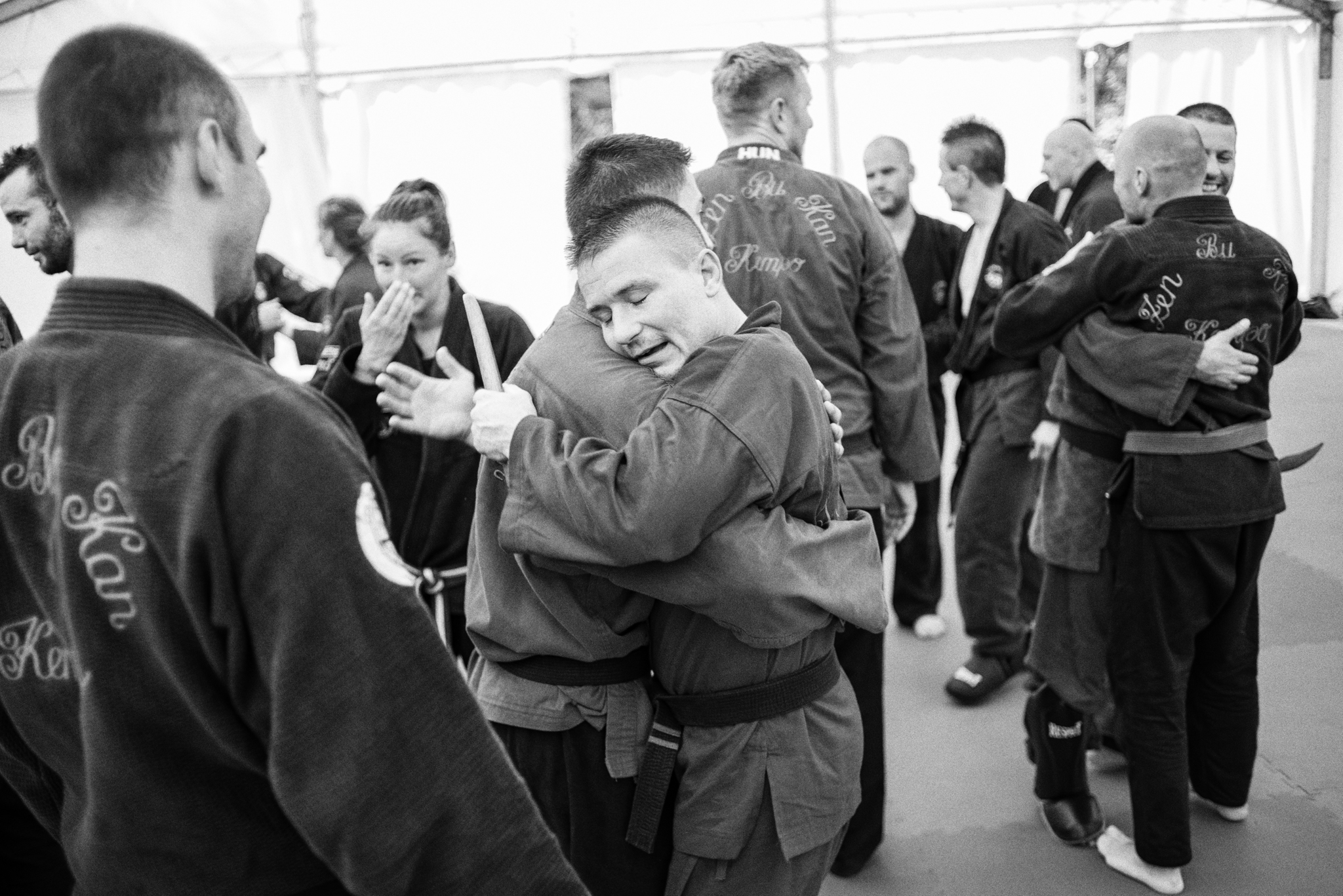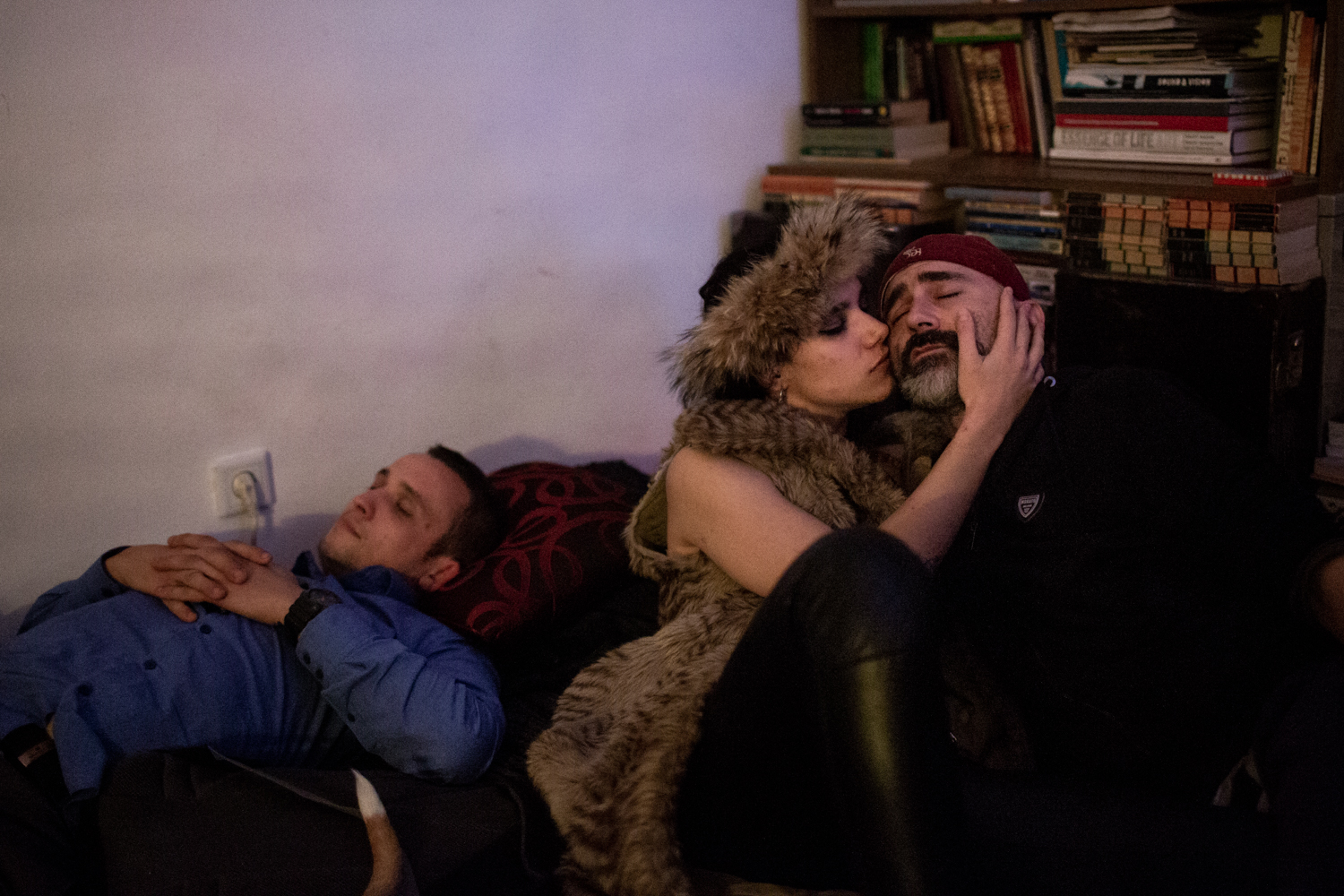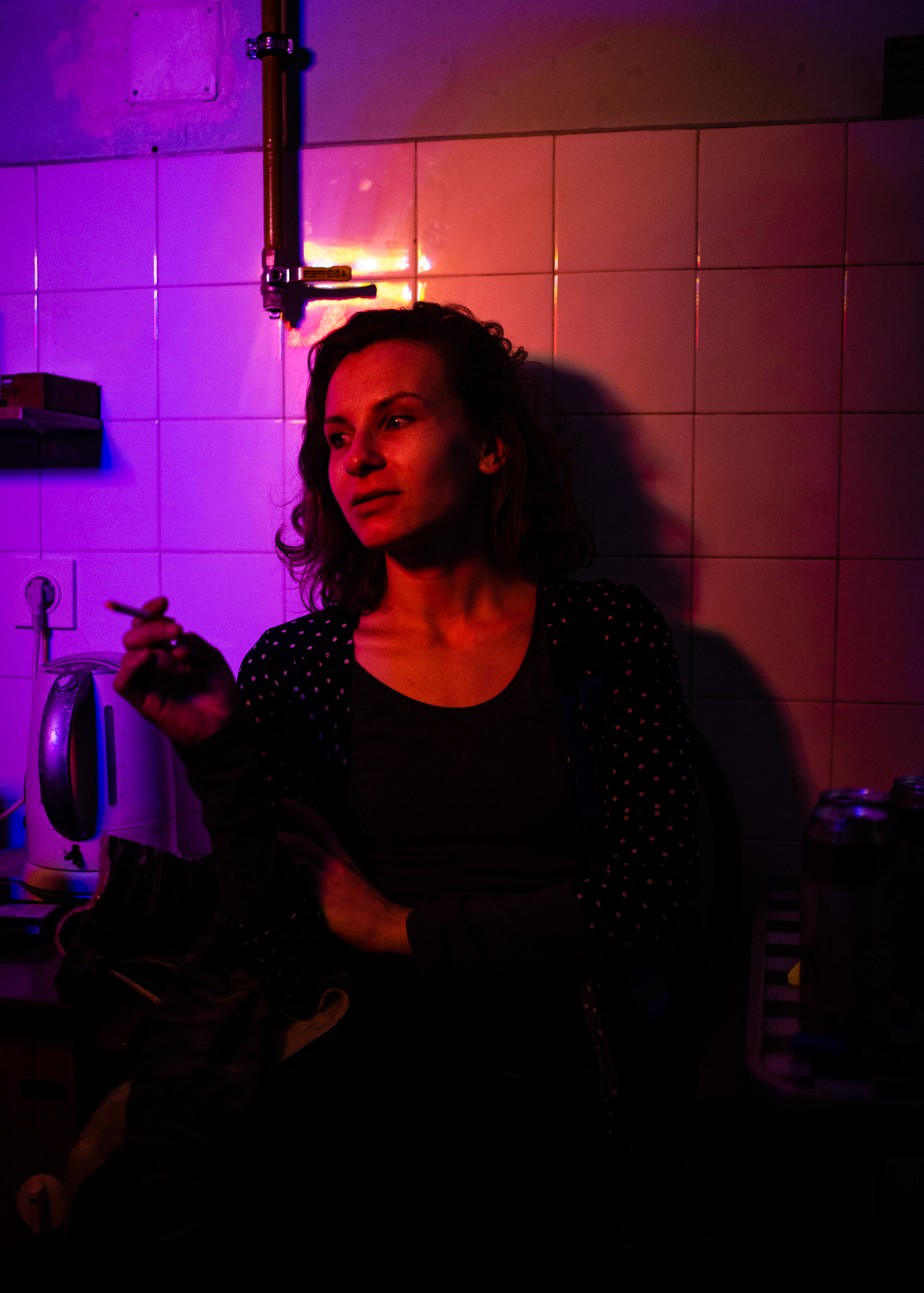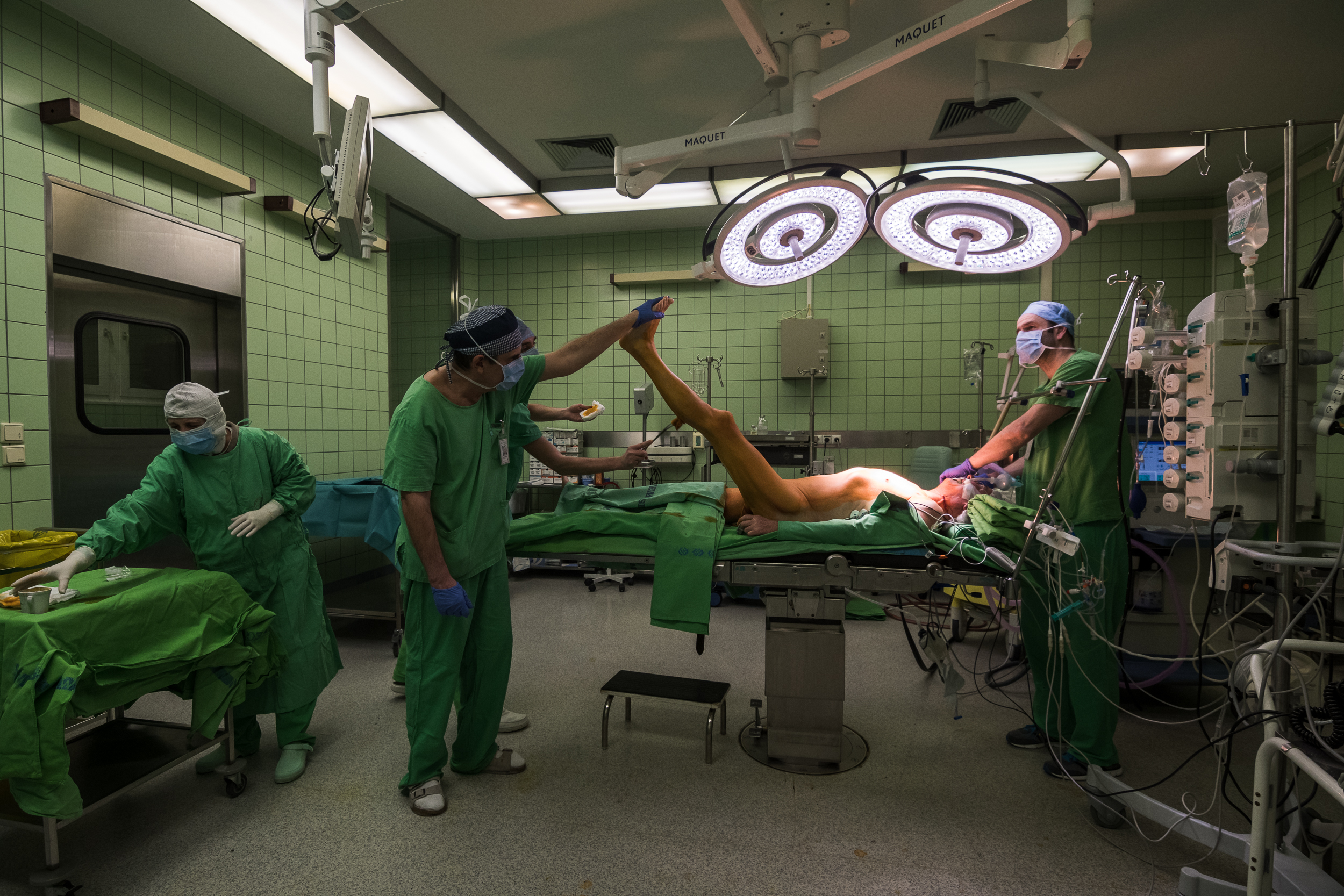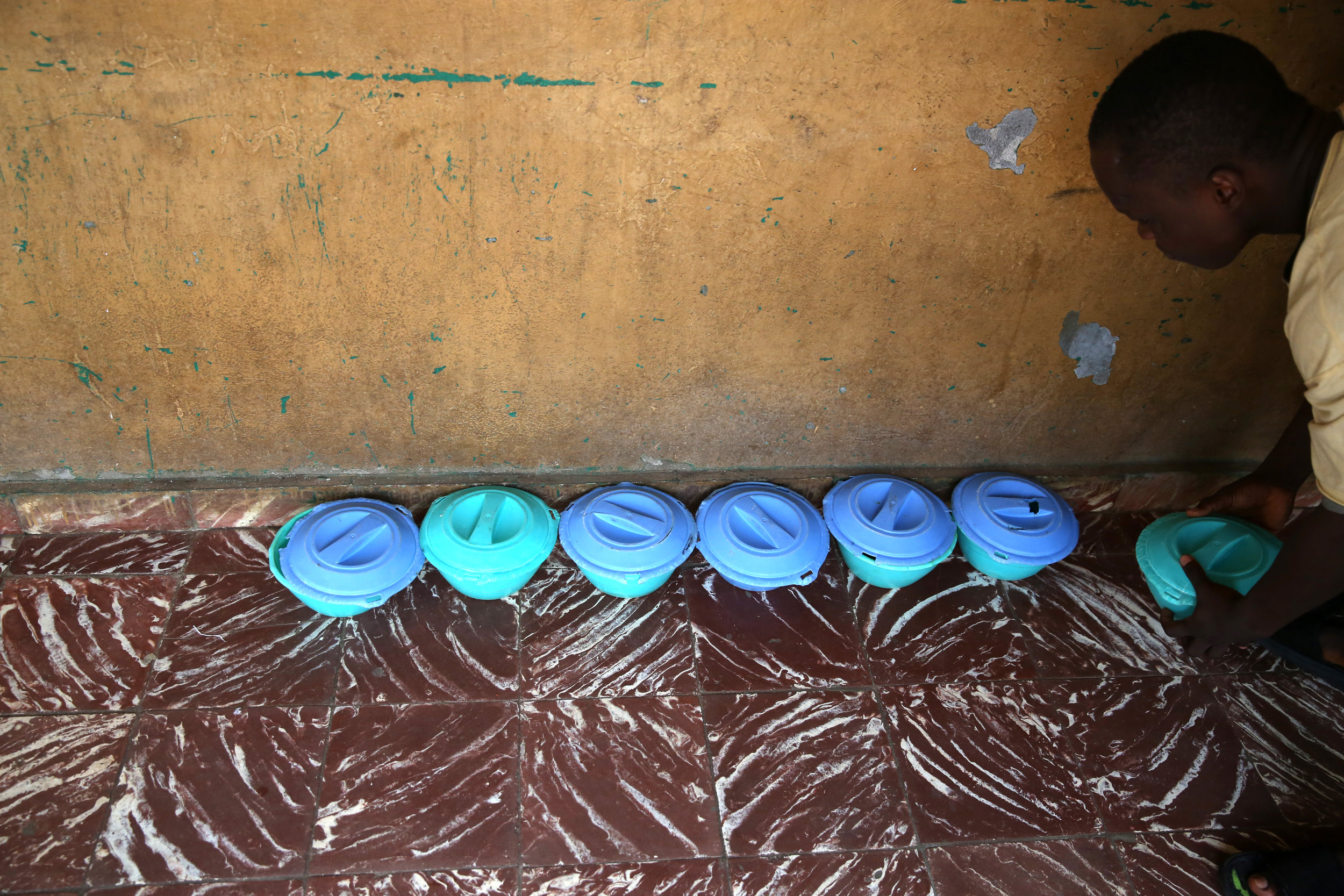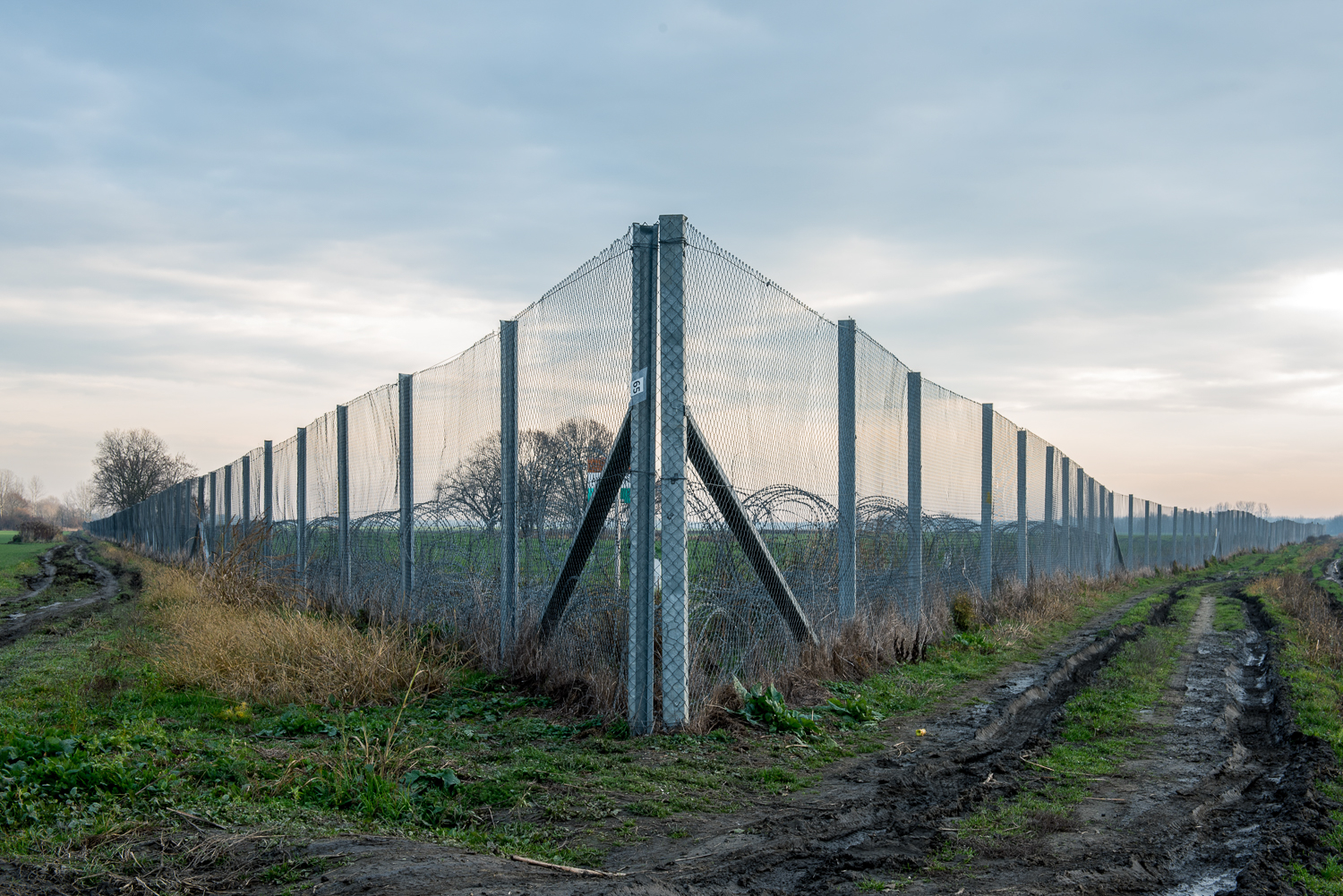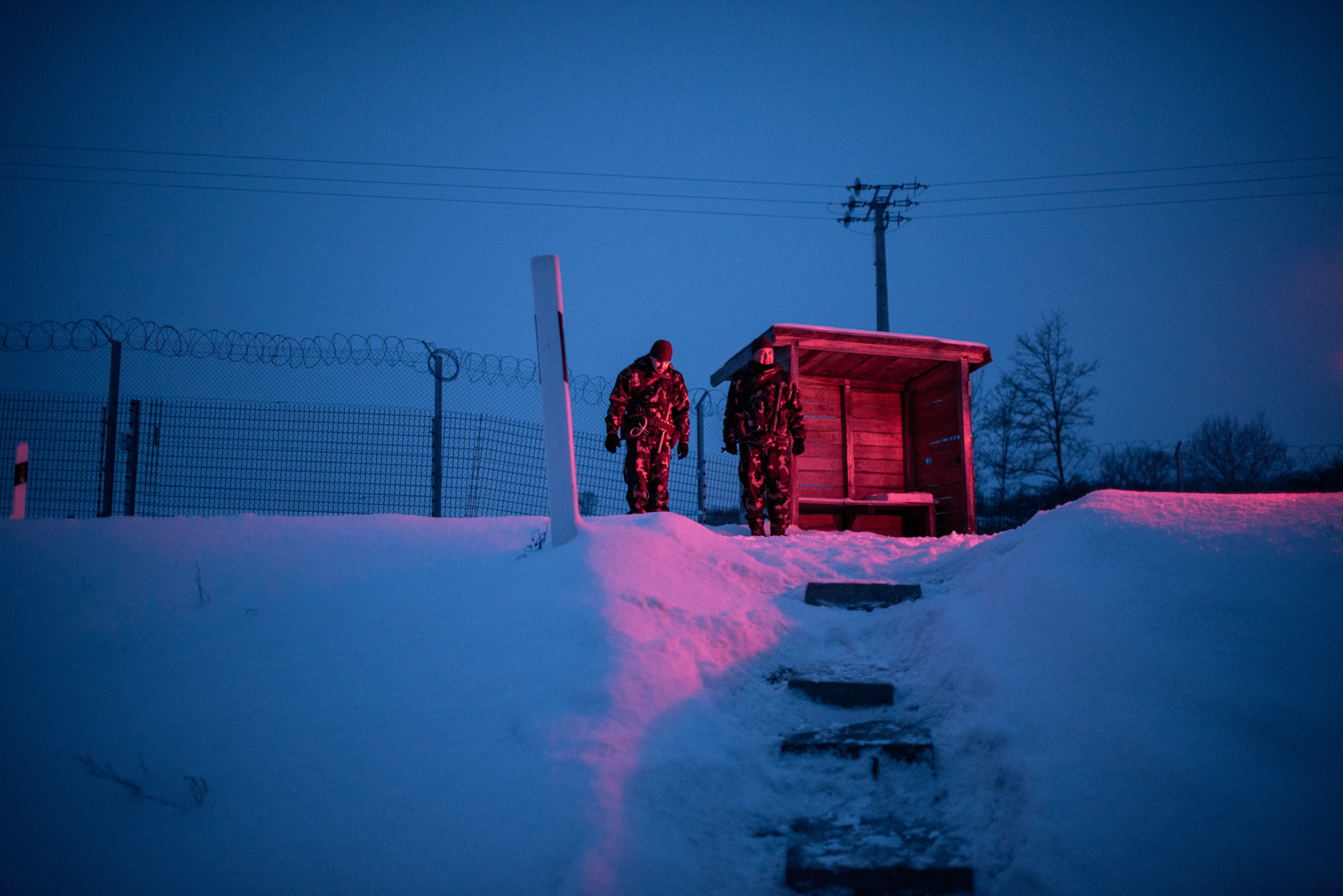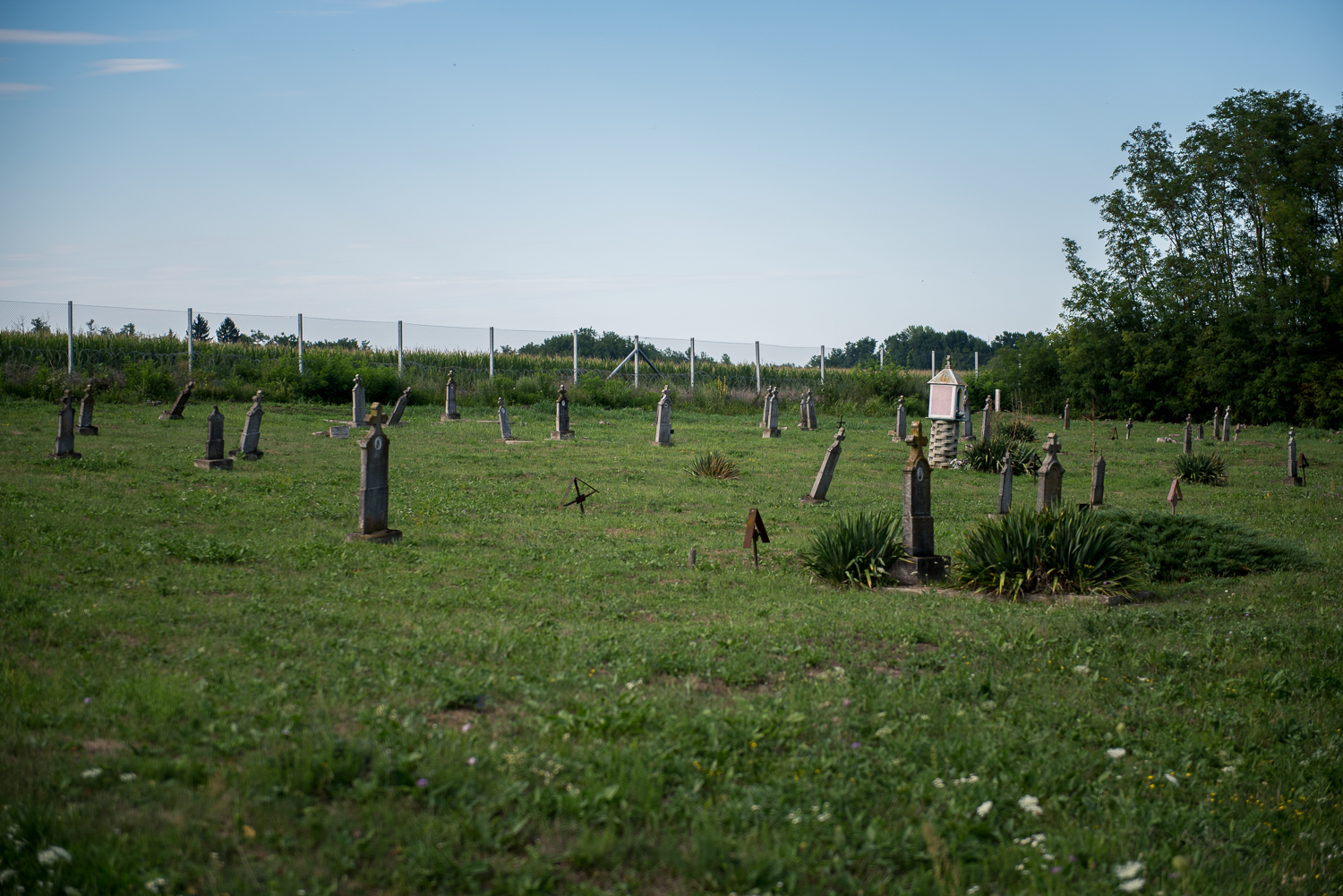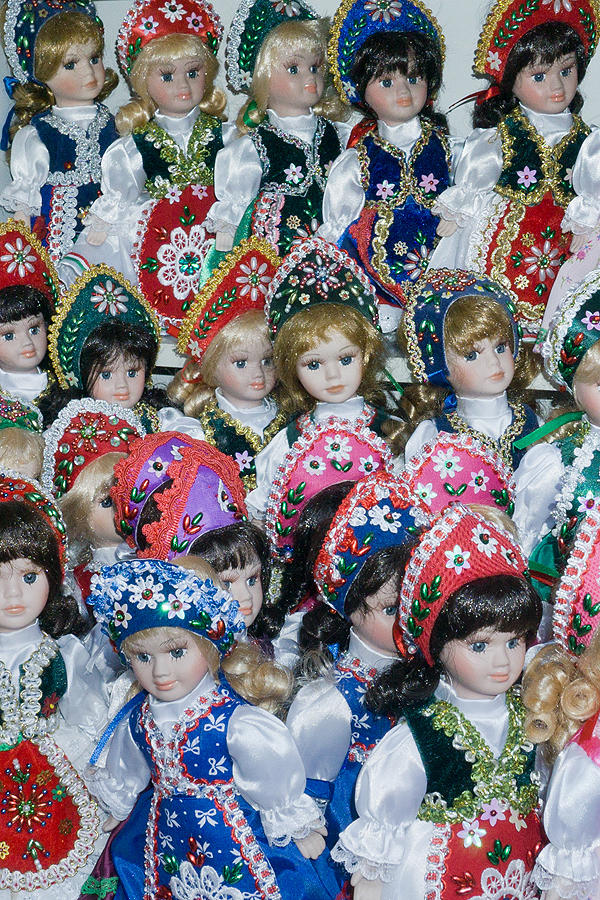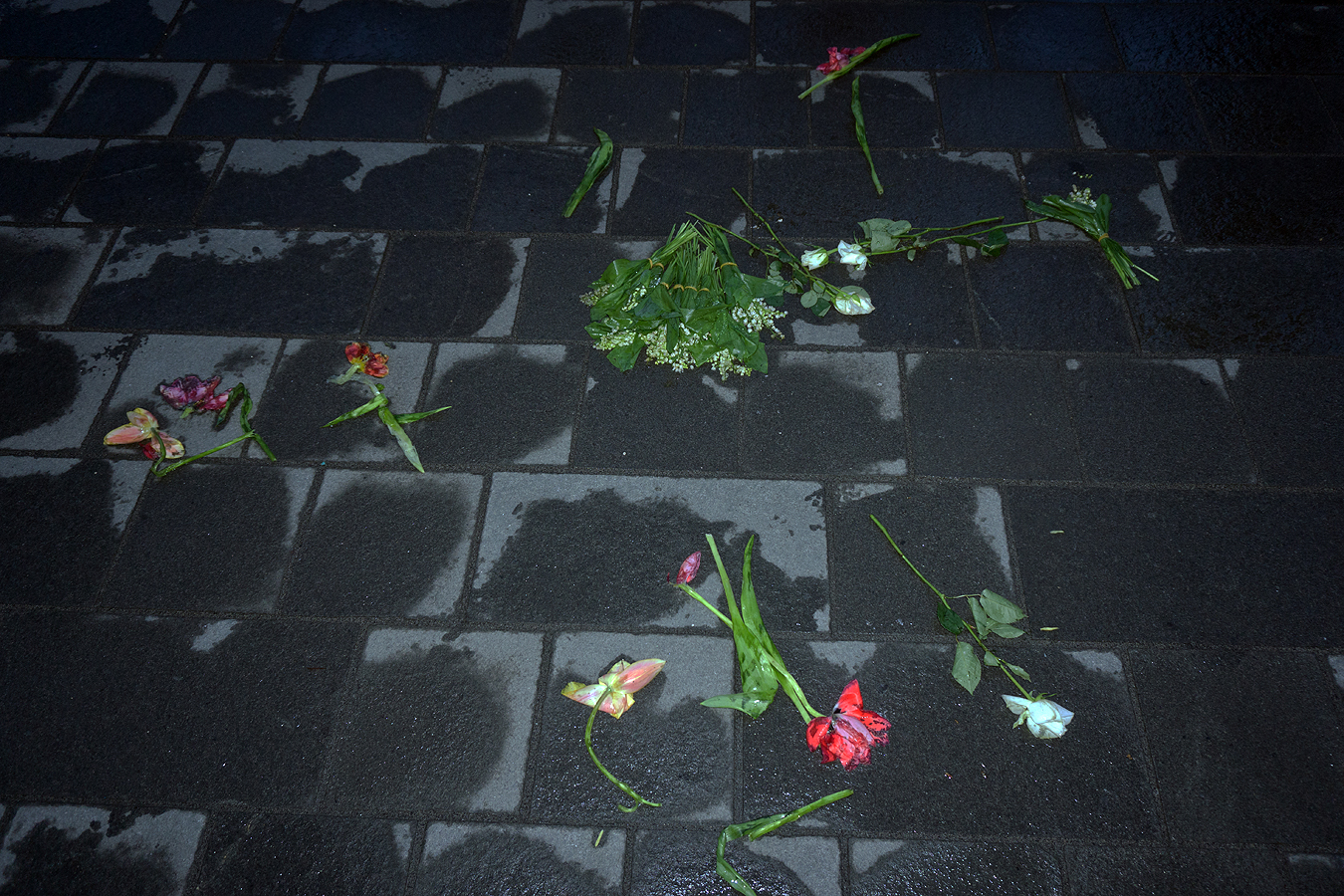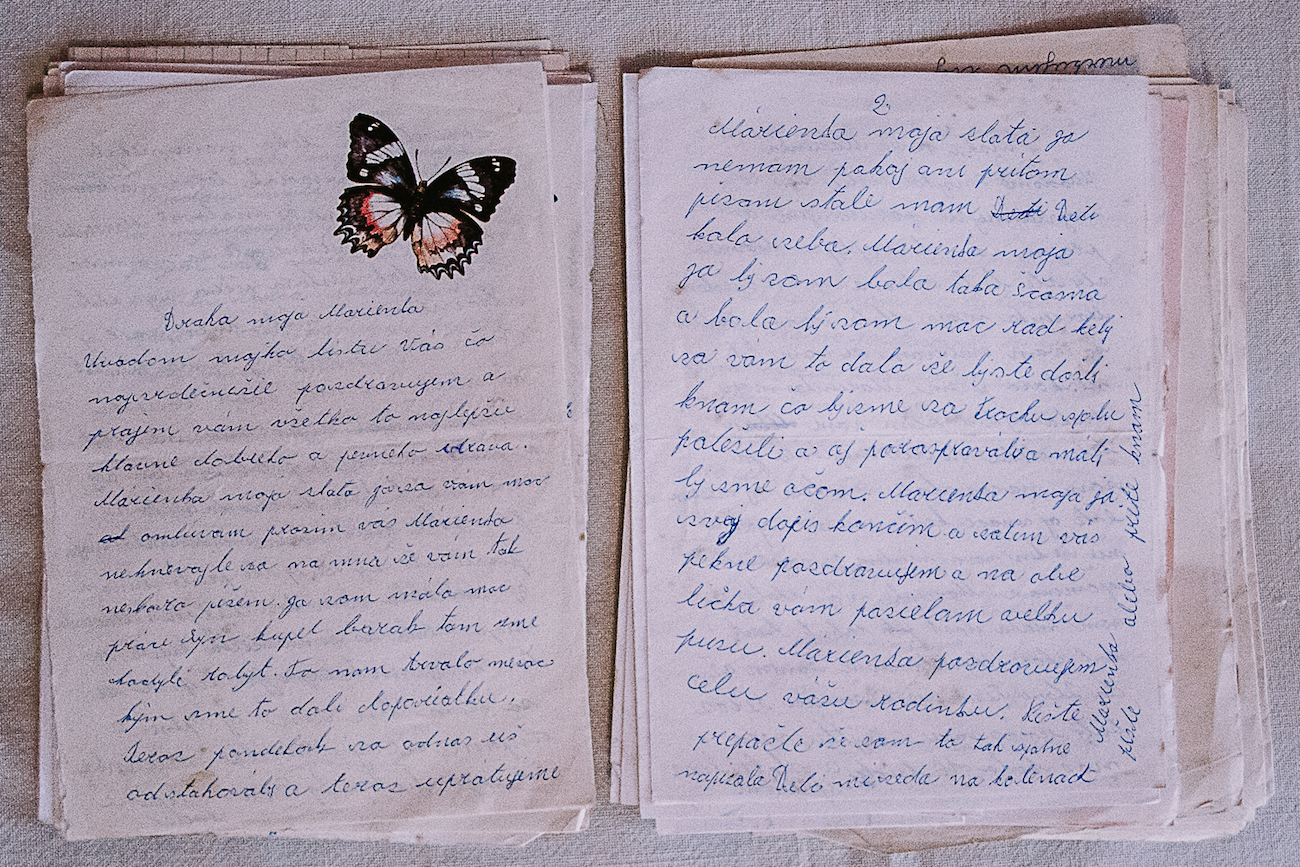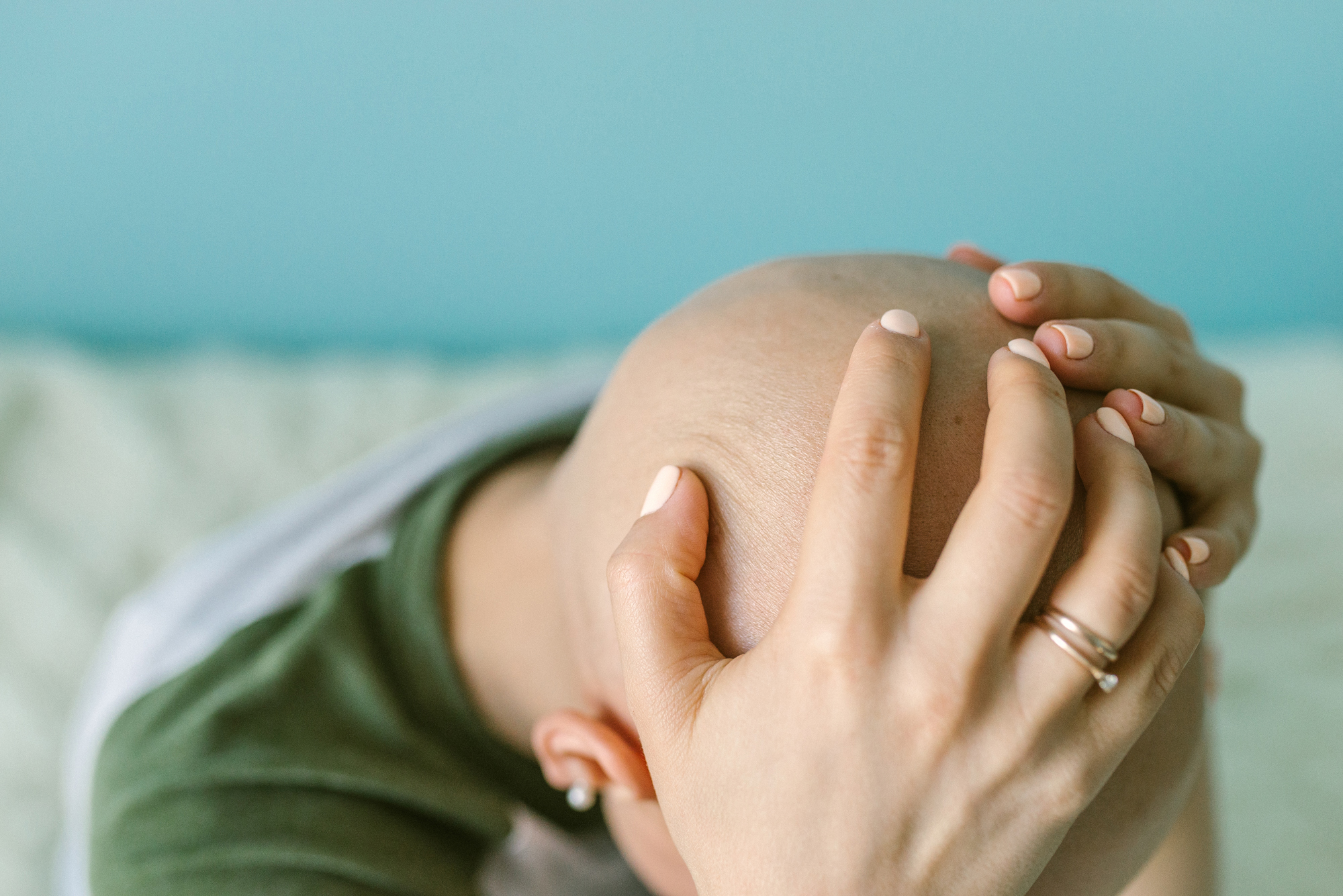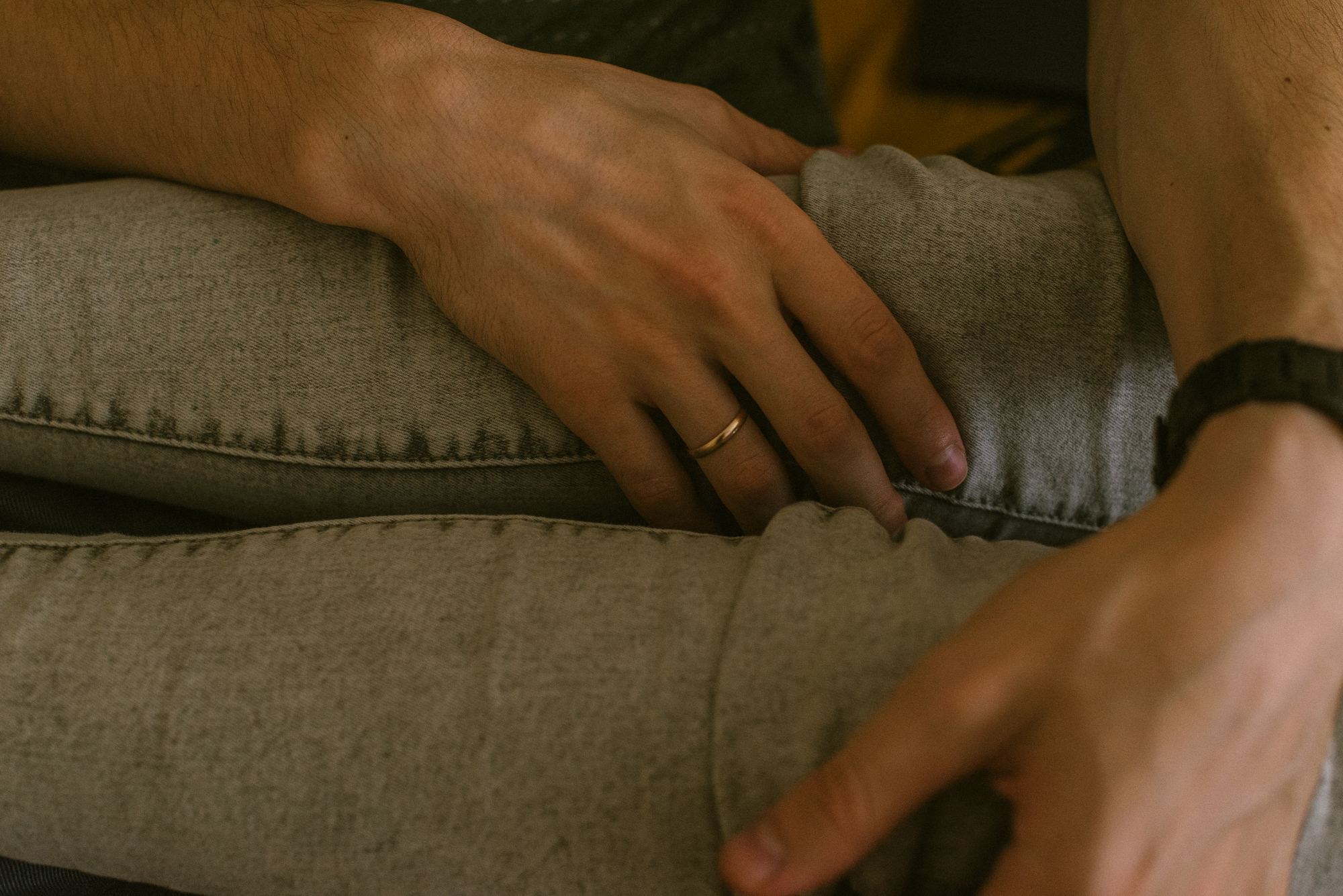Jeanne Frank
Born in 1984, Paris, France, I did a MA in History of Arts and a thesis on photographer Lee
Miller at Paris-Sorbonne University. Following a six-months internship at the Gamma
agency, I decided to move to New York. I worked there for three years, as a photo editor in
two high-rank American companies : Contact Press Images and Polaris. Meanwhile, I
covered the Occupy Wall Street movement. Upon return to Paris in 2012, I edited photos
for the newspaper 20 Minutes.
In September 2014, I became an independent photographer, covering political, social and
health issues. In 2015, I follow the French National Secretary of EELV ecologist party,
Emmanuelle Cosse during her campaign for the regional elections.
Over time, I aim to refine my work towards documentary photography. I currently have
several long-term projects in progress: Alzheimer's disease amongst young people, and
the story of friendship between a marginal and his dog, photographing youth in Bosnia
The topics I cover are social issues, stories that often take place near my doorstep and on
which I spend several months or even years.
Since September 2017, I have been working for the media Les Jours, following the student
movement at Nanterre University over the course of a year, an assignment close to my
personal work.
Since, October 2018, I’m working in a long term project about the youth in Bosnia and
Herzegovina.
My straightforward and spontaneous attitude leads me into a variety of encounters, from
which I make pictures that I hope sincere and refreshing.
I’m represented by Item collective.
My work has been published in Les Jours, Parisien Week End, Paris Match, l’Equipe
Magazine, Le Pèlerin, Grand Seigneur, Roads and Kingdoms, Aljazeera, La Croix,
L’Humanité, Le Temps, The Guardian, Les Inrockuptibles…






